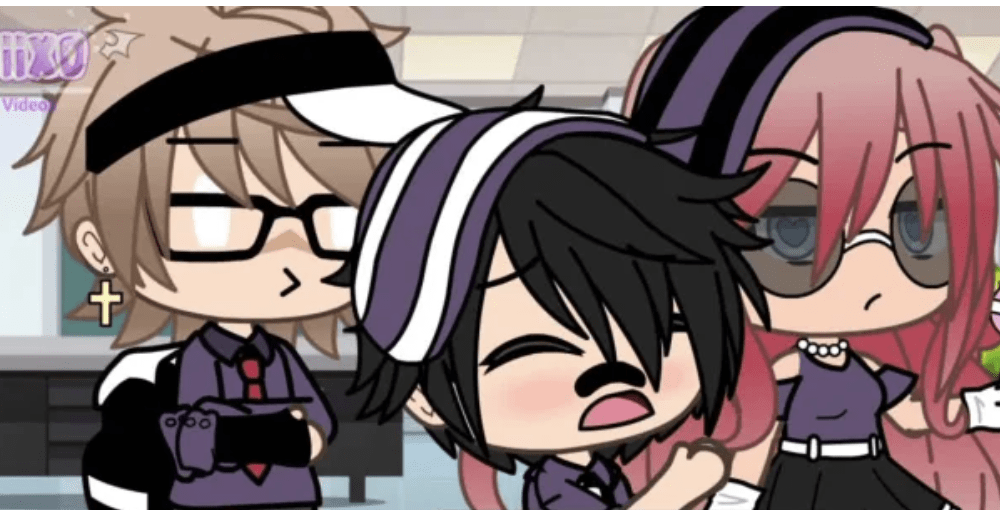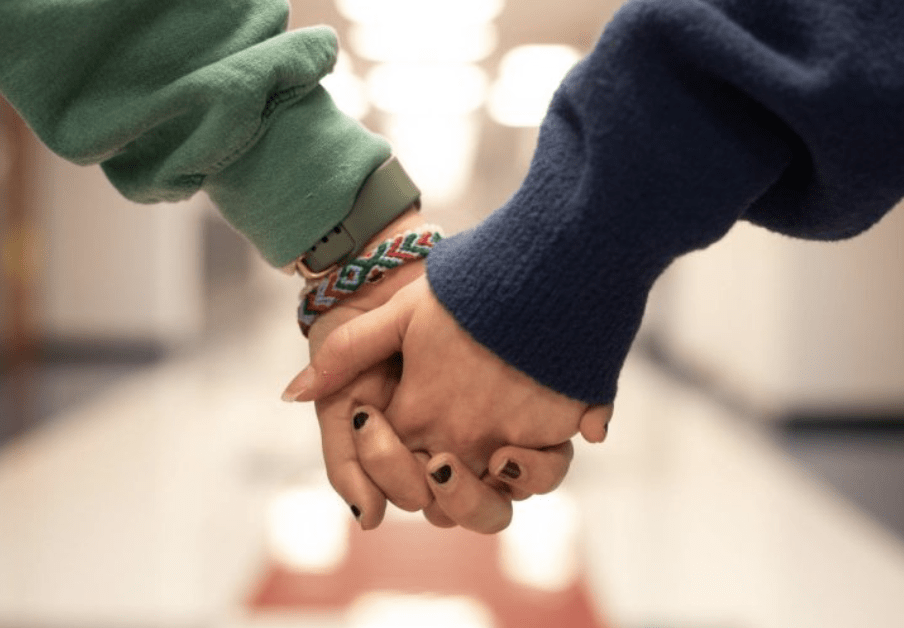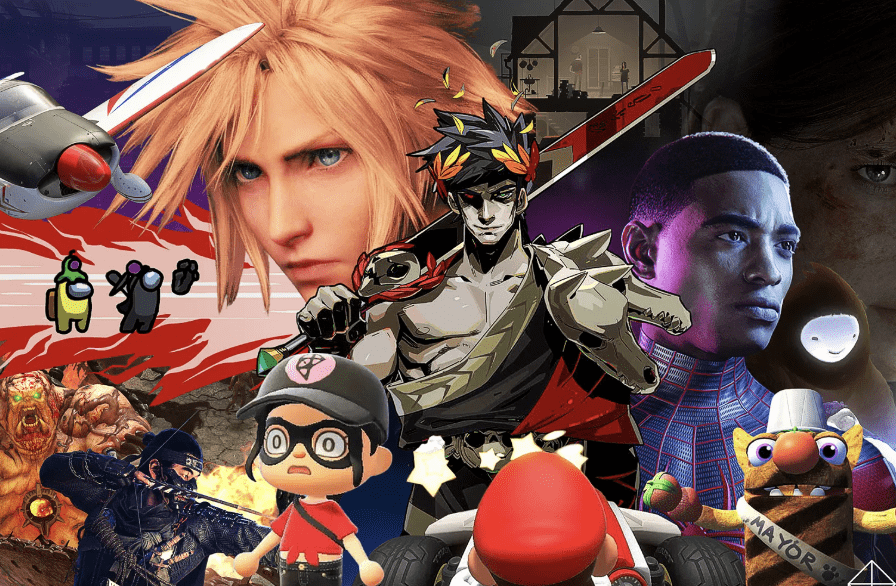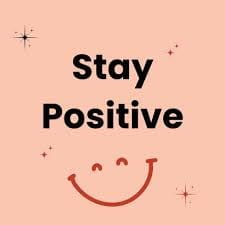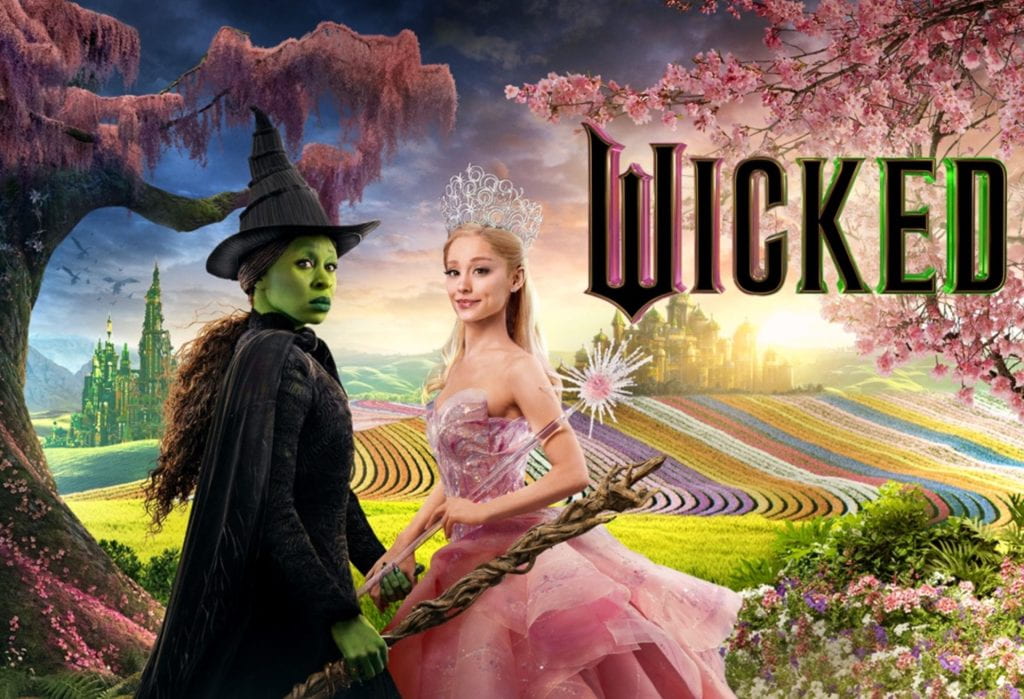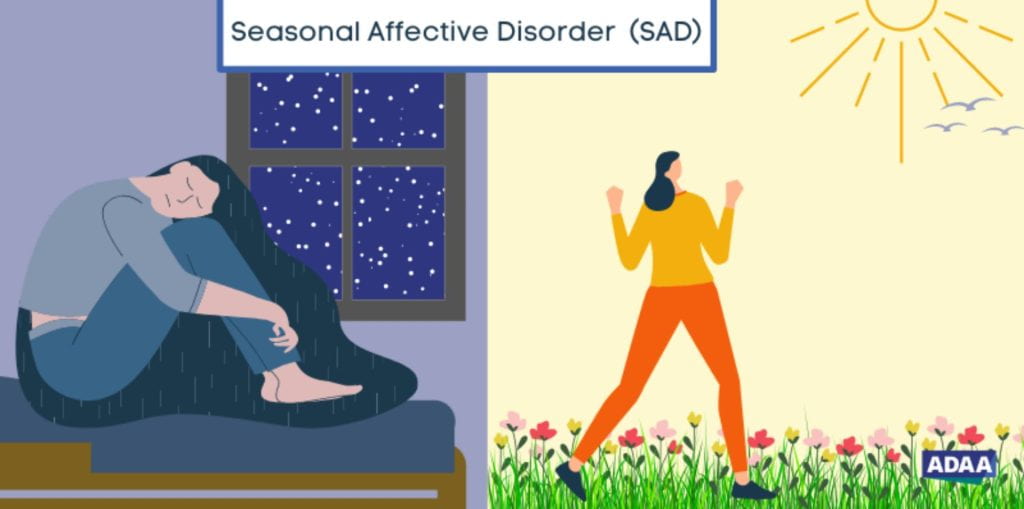
by Charlotte Nadjmabadi
Have you ever wondered how just one post on social media can reach millions of views in just a few seconds? Social media is more than just sharing photos; it helps students succeed in school and brings children closer together by creating and making stronger relationships. Today, social media has become a stronger tool that is far more than simple entertainment. Social networks like Instagram, TikTok, and Snapchat are not only just for communication but can also have positive impacts on our daily lives. Children on social media have opportunities for learning and effective connection. They can form study groups or study sessions through messaging apps to help each other out. This makes children more connected and helps their relationships grow stronger. Social media is a part of our everyday lives, especially for young children. With social media networks such as Snapchat, TikTok, and Instagram, children can feel more connected with each other. It also allows kids to share resources with their friends and support their friends academically. At the same time, it helps younger children stay connected with friends, create fun and new relationships, and build social skills. The role social media plays in young kids’ lives helps them understand how it can support children with both education and social growth. Social media is a positive tool to young people because evidence signals that it can lead to information like sharing and spreading the news around the world, which makes it spread faster than newspapers or TV. It also helps students with education in school, and it makes it easier for people to make new friends online and stay connected with others.
To begin with, social media is positive for younger children because it helps children find more information in a much faster and well-organized way. Social media is a great way to access a large amount of information, and it is easier to discover and share new knowledge because of how advanced it is now. “The internet has given us access to huge amounts of quality information, and social media is a great tool for finding and sharing that information (new.gov.au 1)”. This quote demonstrates that the internet alters how we access information, provides knowledge to use online, and uses social media as a powerful source to discover and share this information. It allows younger children to find information more easily through networks, hashtags, and discussions. Social media provides younger children with education resources and new learning topics of their interest. “Online, kids and teens can engage with educational resources on their topics of interest through news sites, YouTube, shows and documentaries on streaming platforms, blogs, and many other sources (McDonnell 1).” This quote illustrates how kids today have different ways to learn online subjects that they like. They can find tools through websites, videos, and streaming content. Sites like YouTube, and blogs give children information in a more fun and easy format. Overall, social media can have a more positive impact on younger learners by giving them quicker and easier information to find. It lets them find what they need in a more organized way. This makes learning more effective and helps support their interest.
Furthermore, social media is a more efficient way to help students with their academics, education, and study support. Social media provides educational value as it expands information for young children to use and deliver knowledge into different perspectives. “Social media is a platform for sharing ideas, information, and points of view. This can have important educational value: it extends the information young people can access while also giving them insight into how others think about and use that information” (Orlando 1). Orlando emphasizes that social media is not all about entertainment. It can be used as a learning tool too. Young people can find a better amount of information outside of what you might normally learn in school. It allows younger children to see different standpoints, helping them understand how others use information. This can help with the knowledge and encourage how they think. Social media provides students with instant platforms for self-expression, allowing them to interact with their academics and community in real time. “Social media provides students a new mechanism for a familiar exercise: that of personal expression. It gives students an instant forum by which to publicly evaluate and comment on their campus environments, institutional policies, classes, professors, administration, and fellow students in real time” (Gurcan 956). Gurcan emphasizes that social media gives students a new mechanism to do something they’ve always done. What’s different now is how much faster and more openly they can do it. Instead of just talking with their friends in person, they can use social media platforms like Twitter, Instagram, or Snapchat to talk about school policies, classes, professors, and what’s happening on campus, where others can reply in real-time. Ultimately, social media can be used as a powerful tool for helping younger students with their academic performance, education, and study support. It offers quick and easy access to their learning experiences. By using these resources, children can easily understand and improve the educational process.
Moreover, social media is a more useful for younger children because it helps them with their relationships and connect with friends and stay connected with their family members. Social media can help connect younger children with other younger children who share the same interests as them. “For those children who feel marginalized in their local community, social media can help them connect with other people who share the same interests or outlook on life” (Orlando 1). Orlando indicates how social media can be a strong resource for children who feel isolated or feel different. It gives them the chance to find and connect with other kids who understand what they like. This can help them have a healthier relationship with other kids their age. Social media can have a positive impact on teens by helping them build strong emotional connections. “81% of teens ages 13 to 17 reported that social media makes them feel more connected to the people in their lives, and 68% said using it makes them feel supported in tough times. 57% of teens have made new friends online” (ProCon.org).. This quote displays that many kids feel effectively supported and socially connected with their friends online. It helps kids stay engaged with the people they love, even during difficult situations. Many children also use social media to make new friends and chat with them. Social media can have a positive impact on relationships and provide them with support. Finally, social media can be used as a positive tool for younger kids when it comes to building and keeping relationships. It helps them stay connected with their friends and continue talking with their family members. This supports mental health and a sense of togetherness.
To sum up, social media can be a useful resource for younger children, as it shares and spreads information better than just newspapers and TV. Furthermore, it helps students with their education and make it easier for younger children to make new friends and stay connected with them. Social media is more than just a place to post funny videos or share selfies. It is a strong resource that shapes how children learn and connect. Today online, kids can use social media not just to stay entertained, but they can also find help with their schoolwork and stay informed on what’s going on. It also gives kids a way to make stronger relationships and feel joined together. As we use social media, it supports education and helps us see its real value. Ultimately, social media teaches children that it is a powerful tool that helps younger children grow, learn, and connect. Through showing important news faster than usual media to helping kids with their academics and friendships online, the positive effects are visible. Children should always identify and encourage the smart, powerful ways social media has to offer and can be used to create a greater future for the next generation to come. It all depends on how children choose to use it.
